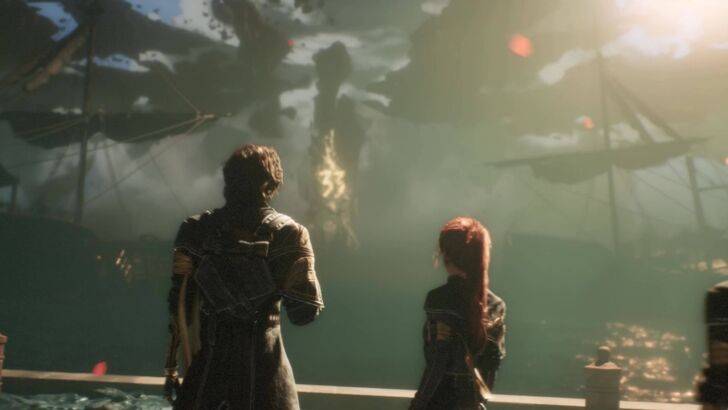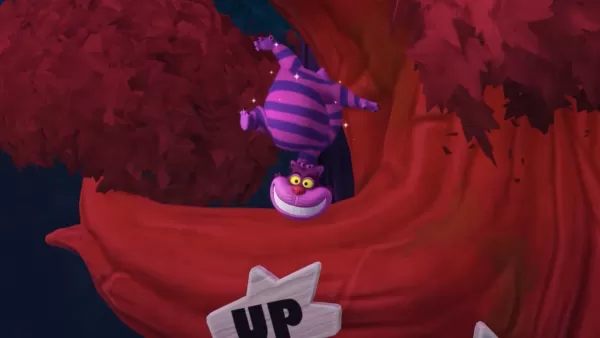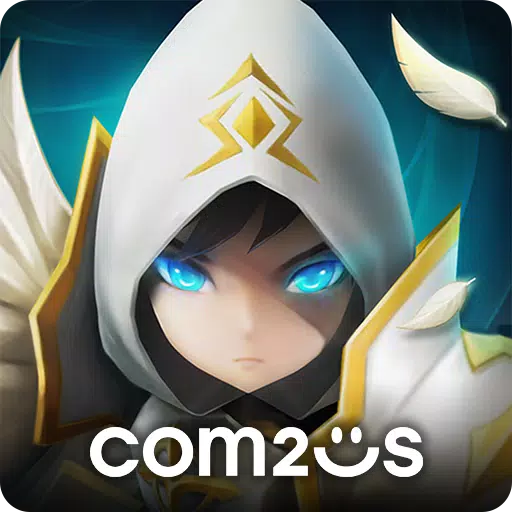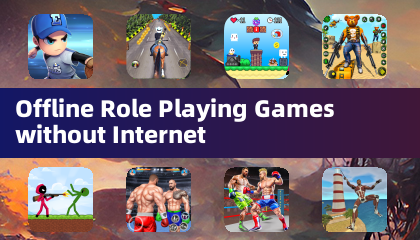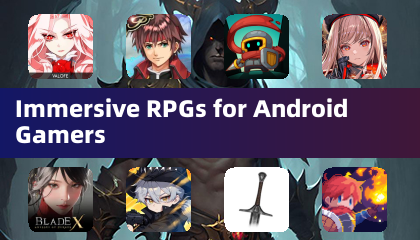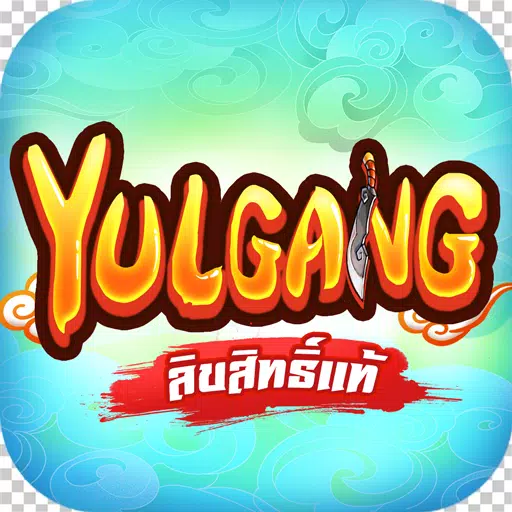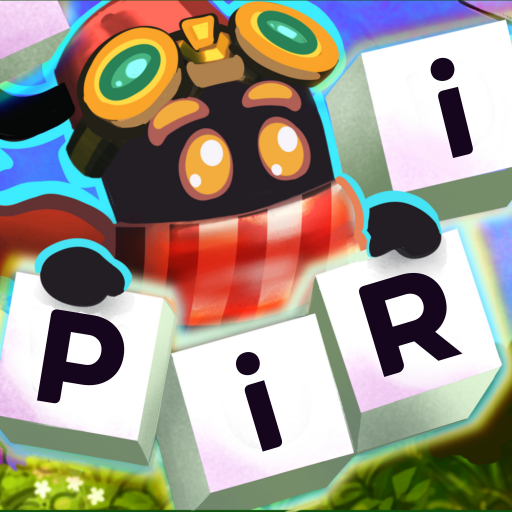The games industry has been navigating through turbulent times with layoffs, studio closures, and funding challenges. Enrique Fuentes, CEO and co-founder of Teravision Games, felt this turbulence firsthand with the release of their asymmetrical horror game, *Killer Klowns From Outer Space*, inspired by the 80s movie. Despite receiving a favorable review from IGN, scoring a 7 and described as “as silly and entertaining as the movie that spawned it,” and generating significant online interest with hundreds of thousands of views on trailers, the team at Teravision found themselves in a precarious position post-launch, mirroring the struggles of many in the industry.
“As you know, 2024 was a pretty tough year for the whole industry. So it was a little bit slow for us to close our next project,” Fuentes reflects. Despite previous collaborations with major companies like Disney, Nickelodeon, and Xbox, securing a follow-up project proved challenging. With the clock ticking, Teravision, a studio with 20 years of industry experience, turned to a novel approach: developing games within Fortnite. In less than a year, they successfully released three Unreal Engine for Fortnite (UEFN) games, with their fourth game, *Courtyard King*, launching today. This game leverages the official *The Walking Dead* content pack in UEFN.
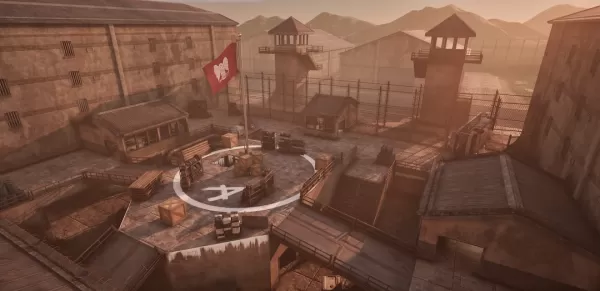
Courtyard King, developed in partnership with Skybound, the company co-founded by The Walking Dead creator Robert Kirkman, is a King of the Hill-style multiplayer PvPvE game set in the iconic prison location from the series. Players battle each other and NPC zombies to control territory, utilizing official The Walking Dead assets, including character models of Rick Grimes, Negan, and Daryl Dixon. The collaboration extended beyond assets, with Skybound’s writers helping to craft the game’s story and dialogue.
“Instead of a multi-year project like *Killer Klowns From Outer Space*, these are projects that we could put together in weeks or months,” Fuentes explains. He highlights the significance of user-generated content (UGC) in the current gaming landscape, noting, “We have worked with big brands in the past… and UEFN was something that we were experimenting with… but we never imagined that was going to be the root where we’re going to be engaging with a company like Skybound. But I mean, UGC, it’s one of the biggest things in gaming right now.”
UGC has become a driving force in gaming, particularly with platforms like Fortnite and Roblox. While Roblox has long been a hub for user-created content, the professional studio-developed UGC within Fortnite’s Unreal Engine 5-based tools represents a newer trend. For Teravision, with their engineering background, UEFN provided an ideal platform to experiment and manage risk effectively.
“It made sense because we come from an engineering background and it was a platform where we could experiment in and assume some of the risk,” Fuentes notes. This approach led to the creation of *Havoc Hotel*, a roguelike shooter where players battle through hotel levels, earning currency to upgrade weapons. The success of *Havoc Hotel* and its sequels, particularly *Havoc Hotel 3*, which remains one of Fortnite’s most popular games, validated this strategy.
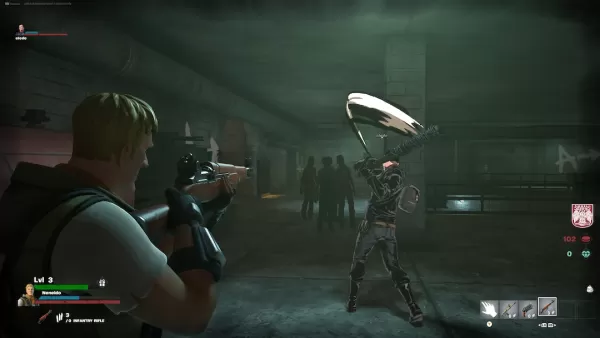
Teravision’s game designer, Martin Rodriguez, emphasizes that transitioning from Killer Klowns to UEFN was seamless, given their familiarity with Unreal Engine. The streamlined systems in UEFN allowed the team to focus on creativity and innovation. “For us, it just removes some of the work that we would’ve done otherwise and allows us to focus on just making better games and explore different new creative ideas,” Rodriguez states.
While the engineering team adapted smoothly to UEFN’s tools, the game design team faced unique challenges. Teravision’s creative director, LD Zambrano, observed that UEFN games differ significantly from traditional games. “A traditional experience we have had designing other [non-UEFN] games is where players relate through objectives that entice cooperation and competition, right?” Zambrano explains. “In [UEFN’s] case, we have found that even though those objectives are still relevant and we still can use that game design sensibility and bring them there, I found that there are a lot of experiences that are very popular within the Fortnite ecosystem that are kind of just context.”
Zambrano likens UEFN games to the dynamics of a schoolyard, where players engage in spontaneous, often nonsensical games that foster friendships. This perspective influenced the design of *Courtyard King*, which features an infinite game format with no final winner. Players can join or leave matches at any time and switch teams, creating dynamic scenarios that reflect the unpredictable nature of *The Walking Dead*.
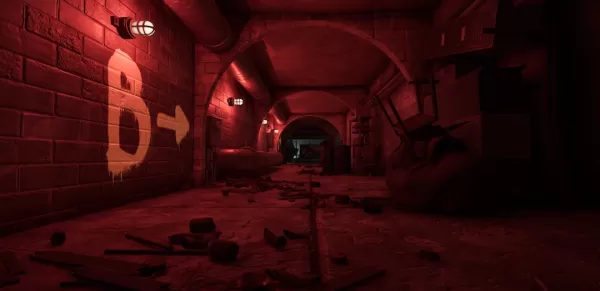
“Players can drop in and drop out whenever they want. They can even change teams whenever they like, which generates situations for betrayals. Maybe you enter a party with your friend, but then in the middle of the match you don’t tell him and change teams. Which is very Walking Dead-like,” Zambrano describes.
Looking to the future, Fuentes sees UEFN as a viable model for game developers, especially indie studios. “We can actually assume the risk as an indie developer in [UEFN]. Because last year, we couldn’t even think about starting a three-year project. We could do something in a few weeks with a smaller team and that completely changes the paradigm for a new developer,” he says. “This is now a viable model where you can actually support an 80 person studio like we do, and we can assume the risk. It’s something that if you have the right ideas, the right creativity around it, if you understand the market well enough and you have the right thinking, execution becomes possible and it doesn’t take years, it actually takes weeks, maybe months. I think this is a dream come true for indie developers.”

